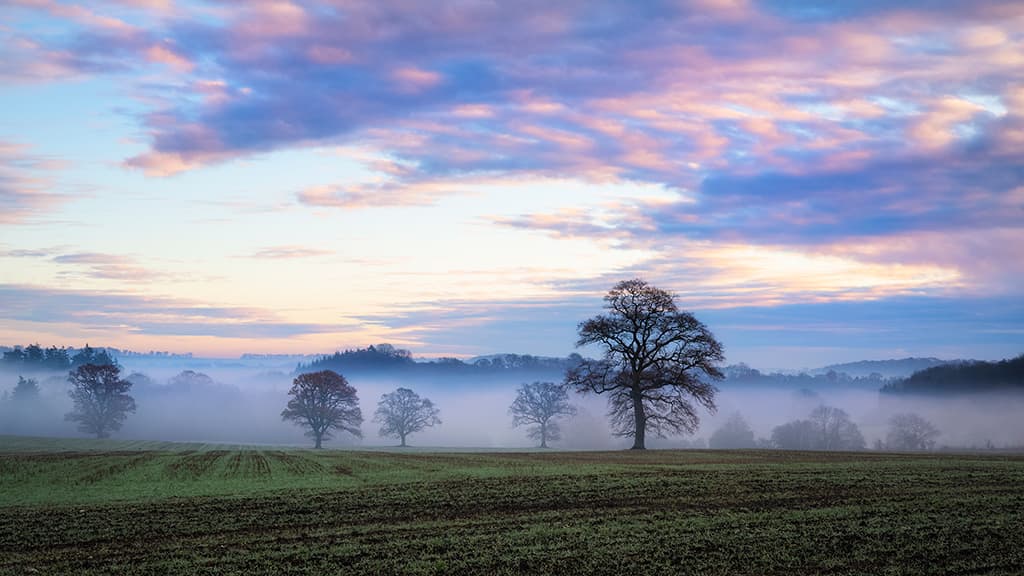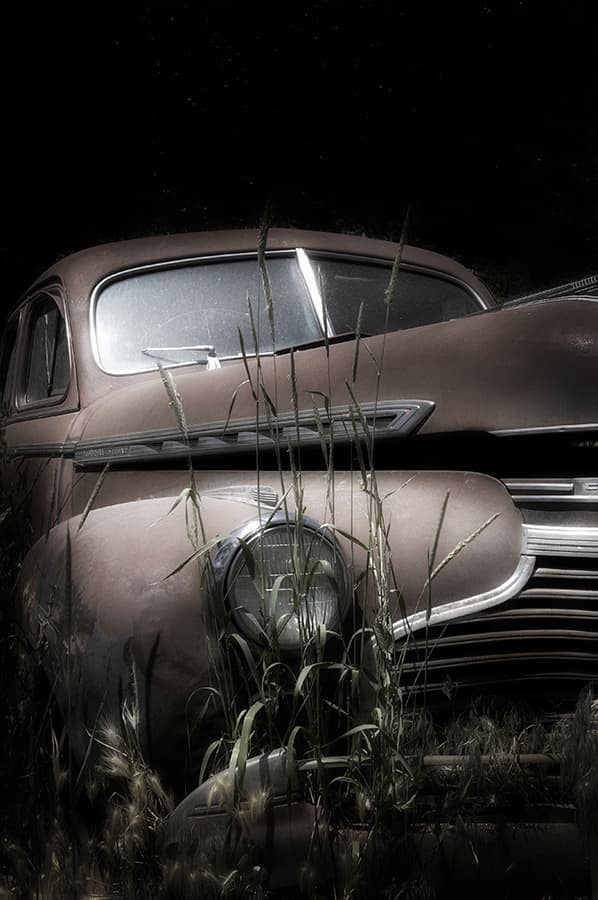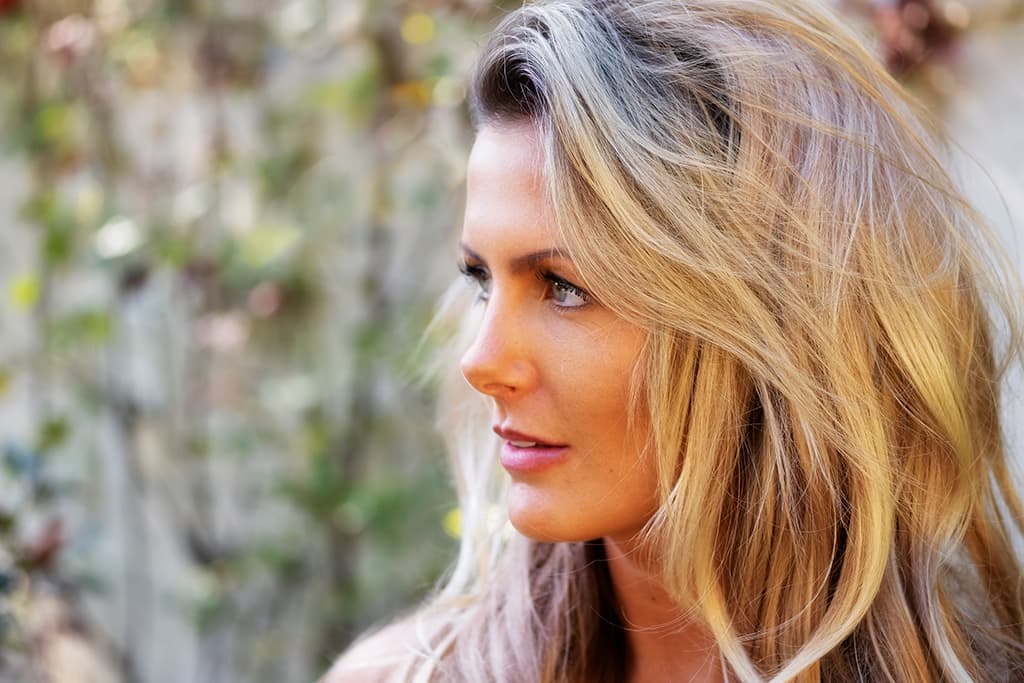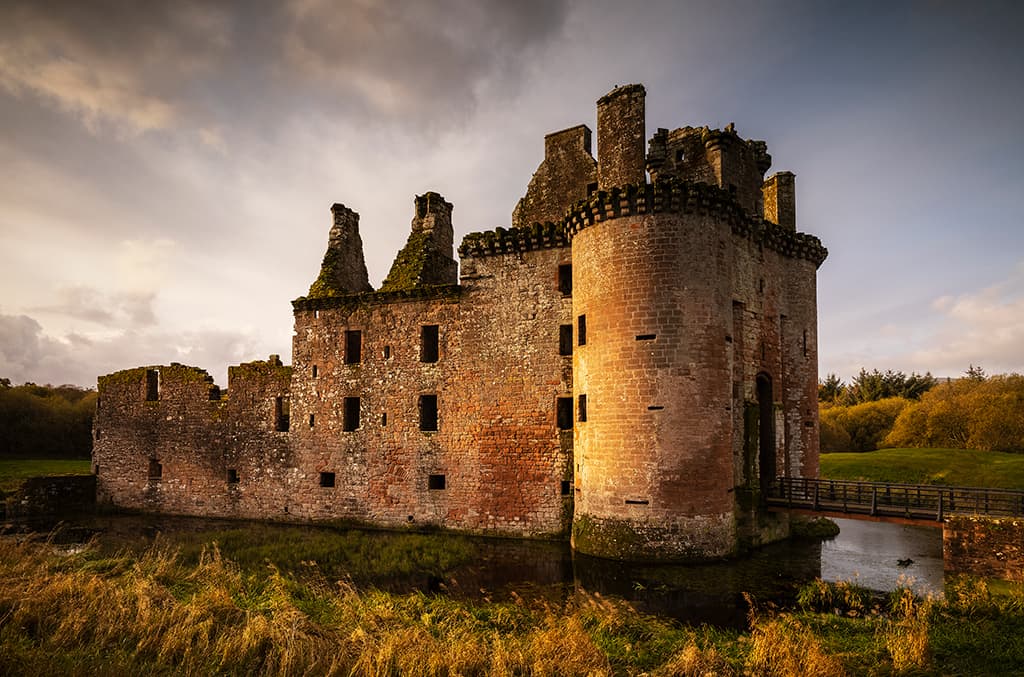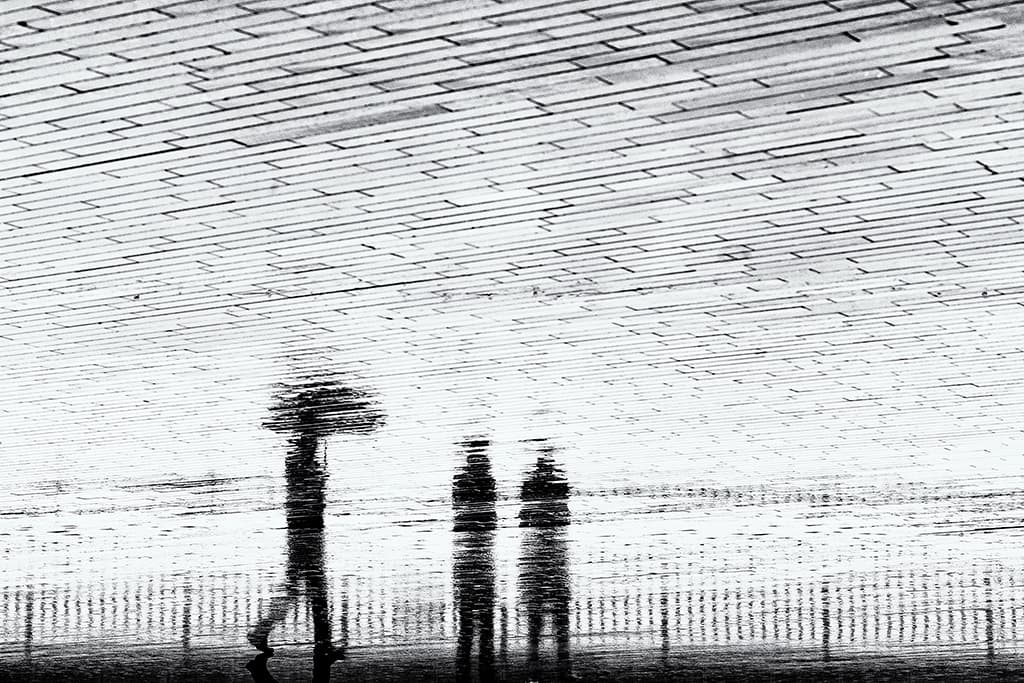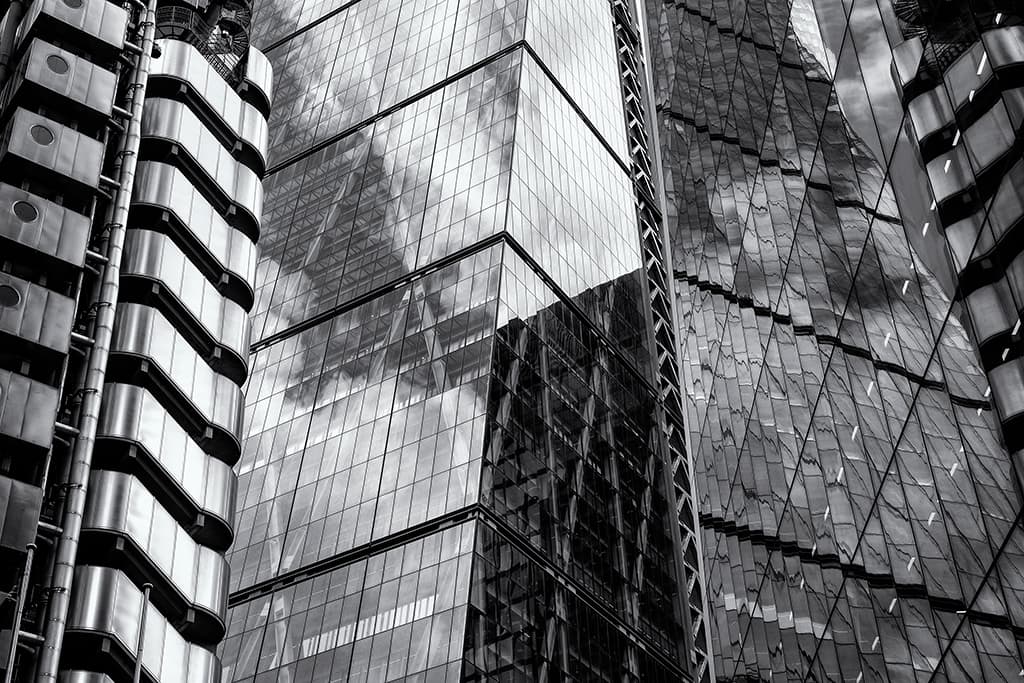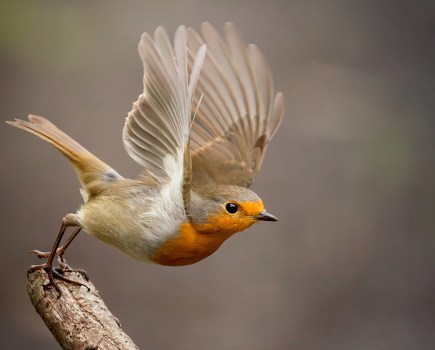Fed up with lugging a tripod around all day and then perhaps only using it once? Maybe now is the time for a radical rethink, says Jeremy Walker. He shows you how to take handheld photographs
For most of my photographic life I have been a fan of using a tripod, in fact, most of the time it has been essential to use one. It slows you down, makes you think about your composition more carefully, allows you to frame your subject more accurately, precision focusing becomes easier and of course you can use slower shutter speeds without the risk of camera shake. But the times are changing, and changing rapidly. Not only in the relentless advance of technology but also in the attitude of how images are perceived.
The advantages of handheld
I will happily admit I am old school, perhaps even on the cusp of being a dinosaur, after all, I have been a pro photographer for over 30 years, and yes, things have changed during that time. As most of us will know, change can be a hard thing to grasp, sometimes.
Everything I have shot in the past has been on a tripod – portraits, architecture and of course the landscapes I am known for. A photographer friend of mine who only shoots handheld has been nagging me for the past few years to ditch the tripod and free myself from what she sees as the restrictions of lugging a tripod about. Restrictions? Pah!
Of course, I relented, just for a bit of peace and quiet really and it came as quite the revelation. I started to enjoy walking around unencumbered. I walked further, looked around for quirkier angles and took a more artistic approach to what I was shooting.
Basically, I found myself looking further and harder for an image. With a tripod there is the big temptation to find a decent shot, set the tripod up and then not move too far from your chosen spot.
Subject matter
Of course, not all photographic genres require a tripod anyway. ‘Street’ photography (a phrase I really dislike by the way, I prefer the word ‘urban’), has always been a form of photography that is traditionally associated with being handheld, mobile, candid and discreet.
Architecture is one of those photographic subjects that has traditionally been shot using a tripod-mounted camera.
When I first started shooting buildings for designers and architects, uprights had to be upright and you didn’t dare show a building leaning over, that’s not how it was designed. You set your 5×4 camera up on the heaviest of metal tripods and made sure every line of the building was parallel and perpendicular. Creativity was not what was being sought, but a mere copy of what was in front of you.
Shooting architecture without a tripod allows for more creative freedom. It allows for quirky angles, details and close-ups. Perhaps not all architects want to see their buildings leaning over but the clients who buy or rent those buildings seem to love dramatic angles and lines, offbeat views and an unconventional approach.
Being rid of a tripod when shooting buildings certainly seems to give the photographer a great deal more creative freedom and sometimes allows for images from viewpoints where you can’t set up a tripod anyway, such as busy stairwells!
Portraiture is another genre of photography that, in the past, was always done with a tripod-mounted camera. But a move away from very posed portraits where every finger has to point in the right direction and not a single hair can be out of place has again allowed for more creative freedom for the photographer and has possibly made for a more natural result as the sitter feels more relaxed, less posed.
Weddings seem to have gone the same way, with photographers leaving the tripod in the boot of the car and taking a more informal, less intrusive approach. This is not to say laziness and a casual approach is acceptable; it isn’t and great care still has to be taken in executing an image.
And so, to landscapes. Should you be shooting landscapes without a tripod? If there is enough light and you can maintain all the technical parameters you need such as shutter speed, aperture and depth of field, why not?
You may not be able to compose an image as accurately but if not carrying a tripod up a mountain means the difference between enjoying a day out or being totally knackered, I know which I would do. It is the advance in technology that allows us not be tied to our once-indispensable tri-legged companion.
Technology
In the years since I’ve become a professional photographer, we have had one almighty leap forward in the world of photography – a groundbreaking change from film emulsions and chemicals to a digital sensor.
That technology has raced forward and now we have gone from image-stabilised lenses to in-camera, multi-axis, chip-based stabilisation that will allow for handheld exposures at incredibly slow shutter speeds that photographers could only have dreamed about, even a few years ago.
This new technology – combined with the endless pursuit of high ISO values with incredibly low noise – opens the doors for an awful lot of handheld shooting in a variety of poor lighting conditions.
Social responsibility
Not everyone is a photographer and not everyone wants photographers with tripods trampling everywhere and this is another reason to shoot handheld.
Not so long ago I was in northern France, photographing some of the massive World War One graveyards. Somehow, I felt it would be disrespectful to set a tripod up in that type of environment and so cranked the ISO up on the camera and wandered around and shot handheld. It was liberating to work without a cumbersome tripod and bothering no one, plus the final images didn’t have a hint of noise in them.
Sometimes of course, you just can’t use a tripod anyway. Numerous cities around the world have tripod police who constantly harass you as soon as you start to set up or who stand in your way because of the tripod. Well, with the way technology is going, those tripod police will soon be out of a job as more and more of us wander around, camera in hand and no three-legged friend.
Why it works
Security is obviously very high in the financial district in the City of London, and carrying a cumbersome backpack and setting up a large tripod is going to attract attention very quickly. The modern architecture in the area is fantastic and the best way to shoot it is handheld.
Unencumbered by a tripod you can move around without hindering the office workers and other pedestrians, and shoot at will. You only have to move a few yards and the reflections, light and angles all change quite dramatically. With no tripod you have the freedom to explore the pedestrian areas without being approached by security.
Tips for handheld shooting
Lean on something

Find a tree, a wall, or a door frame that you can brace yourself against and tuck your elbows under the camera and against your chest. This will help steady your hands and support the camera. Another option is to sit on the ground and draw your legs up to your body. Your knees become a platform which can support the camera. It helps if you can support your back against a solid structure.
Use high ISO settings

Modern cameras are good at dealing with high ISOs and the noise they produce. Most modern cameras can be used at ISO 1600 without a hint of noise, and many can go much further, especially with High ISO Noise Reduction enabled. I can understand a reluctance to move from lower ISOs, especially for landscape work, but it’s worth a try and you might be pleasantly surprised.
Embrace the technology

Use the image stabilisation on the lens or if you have multi-axis in-camera stabilisation make sure it is operational. Moving from a tripod-based shooting situation you may find that some of the settings are for handheld use only and some are for tripod-mounted use. It’s important to understand how your camera works and the basic settings you will need for different shooting scenarios.
Kit list for handheld photography
You do not really need any specialist kit to shoot without a tripod but we do not all have the latest cameras with the best technology. The following might help.
Small bean bag
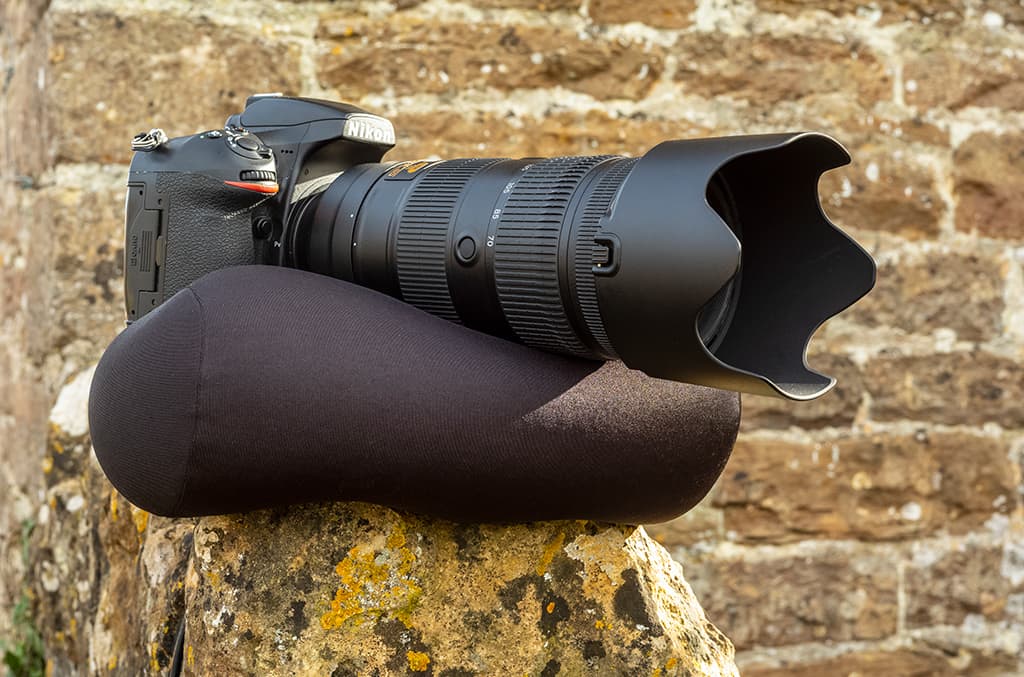
Useful in both urban environments and for shooting landscapes. Place it on walls, rocks, post boxes, or bollards, for example, to make it easier for shooting with slower shutter speeds.
Remote control or cable release
Once you have set the camera up on your bean bag you might not want to touch the shutter release, as doing so may nudge the camera and spoil your composition. Firing the camera remotely will help.
Camera strap

With the strap around your neck, hold the camera away from you so that the strap is taut. It will add a hint of stability, especially if you have unsteady hands. The alternative is to hang the camera around your neck and shoot with it at waist level, again using a remote release. This only works though if the camera angle isn’t being dragged down by the weight of the lens!
Monopod
One leg instead of three. It will certainly help to stabilise the lens, especially if you are using a larger telephoto lens for wildlife or sport, but there’s no reason why you can’t use a monopod for shorter lenses.
Jeremy Walker
Jeremy is one of the UK’s most respected landscape photographers. He is the author of Landscape, his highly acclaimed first book, and is in much demand as a speaker, writer, and workshop leader. To view more of his work and for further details of his book and workshops please visit: www.jeremywalker.co.uk
Jeremy will be running three of our AP Photo Tours, in association with Zoom Photo Tours:
Isle of Skye with Jeremy Walker 13-16 February, 2022


